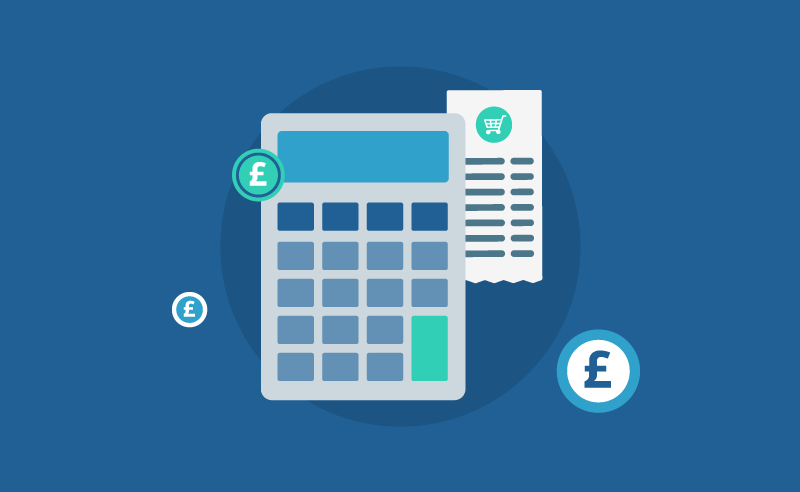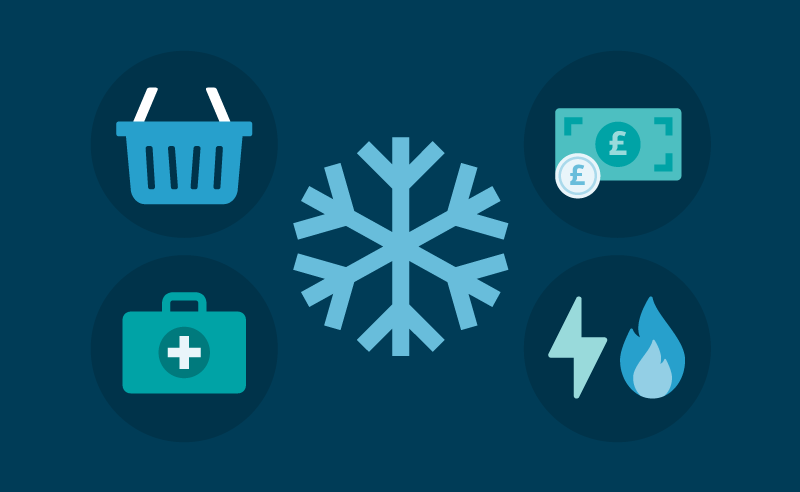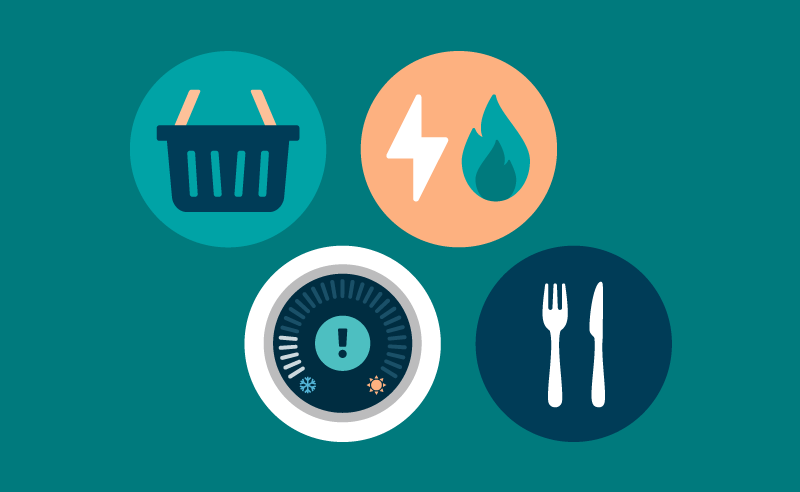This page is no longer being updated
For the latest data about the cost of living and food read our bulletins on;
Download the data
Food price inflation falls to lowest level since April 2022
Prices of food and non-alcoholic beverages rose by 7.0% in the year to January 2024 according to the latest Consumer Prices Index including owner occupiers' housing costs (CPIH).
This was the tenth consecutive month of falls in food inflation, down from 8.0% in December and a recent high of 19.2% in March 2023, which was the highest annual rate seen for over 45 years.
The latest food and non-alcoholic beverage inflation rate is the lowest since April 2022.
The easing in the inflation rate was driven by prices for bread and cereals, which fell 1.3% on the month. This was the largest fall in bread and cereals prices since May 2021.
Although the rate at which food prices are rising has slowed, they remain high.
The overall price of food and non-alcoholic beverages rose around 25% between January 2022 and January 2024. In the 10 years prior to this, overall food and non-alcoholic beverage prices rose by 9%.
Prices in restaurants and cafes rose by 8.2% in the year to January 2024, up from 7.7% in the year to December 2023.
As prices remain high compared with recent years, 40% of adults in Great Britain say they have spent more than usual to get what they normally buy when food shopping within the past two weeks.
This was according to those asked between 17 and 28 January 2024 as part of our latest Public opinions and social trends bulletin.
The latest survey also reveals that more than 4 in 10 (44%) adults said they were buying less food when shopping in the last two weeks.
Rising food costs was the most commonly reported reason among the 49% of adults who said their cost of living had risen compared with a month ago.
Of those, 91% said one of the reasons for their rising costs was higher food shopping prices.
Meanwhile, around 1 in 25 adults (4%) have reported that their household had run out of food and could not afford to buy more in the past two weeks, according to more detailed analysis from the survey covering the period 18 October, 2023 to 1 January 2024.
This is similar to late autumn and winter 2022.
You can explore how the prices of 450 items in the inflation basket – including the cost of food and eating out - have increased over the past year with our shopping prices comparison tool.
How this affects you



Related links
Read our summary of our current and future analytical work related to the cost of living.
The government is offering help for households. See what cost of living support you could be eligible for.
Explore the UK Measures of National Well-being dashboard, which tracks the progress of a range of factors affecting people’s lives. We have explained some of the findings from new measures added in 2023 in our Most adults report making some changes to their lifestyle for environmental reasons article.
